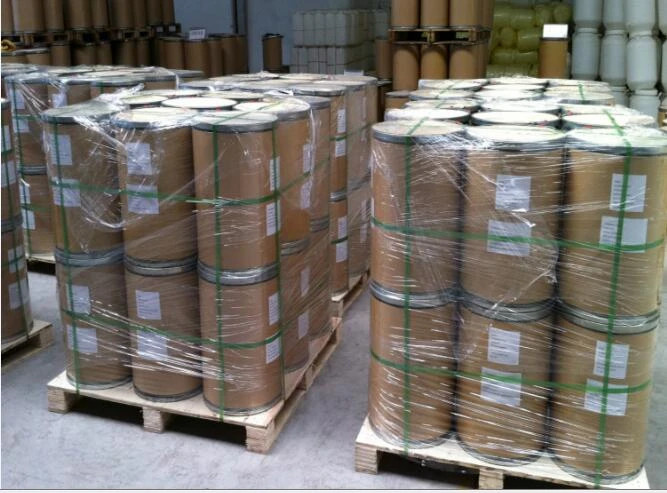Understanding Light Stabilizers for Plastics
Light stabilizers are essential additives used in the plastic industry to protect polymer products from the harmful effects of ultraviolet (UV) radiation and visible light. These stabilizers play a crucial role in enhancing the durability and longevity of various plastic materials, which are subject to degradation when exposed to sunlight and heat. As more industries adopt plastics for a range of applications, understanding the significance of light stabilizers has become increasingly important.
Understanding Light Stabilizers for Plastics
There are two primary types of light stabilizers UV absorbers and hindered amine light stabilizers (HALS). UV absorbers work by absorbing harmful UV radiation and dissipating it as low-level heat. These compounds are typically incorporated into the plastic during manufacturing to provide an initial level of protection. However, over time, UV absorbers can deplete, leading to a decrease in their effectiveness.
light stabilizers for plastics

On the other hand, HALS are more effective in providing long-term protection. They function by scavenging free radicals generated during photodegradation, preventing the polymer chains from breaking down. HALS do not absorb UV radiation; rather, they work alongside UV absorbers to extend the life of the plastic product. This synergistic effect ensures that even with prolonged exposure to sunlight, the material maintains its physical and aesthetic properties.
The choice of light stabilizers is influenced by various factors, including the type of plastic, the specific end-use application, and environmental conditions. For example, automotive parts that are subjected to extreme sunlight and temperature conditions may require more robust stabilization compared to consumer goods used indoors. Manufacturers must carefully select the appropriate stabilizers to ensure optimal performance and compliance with industry standards.
Moreover, the growing emphasis on sustainability has prompted researchers to explore bio-based light stabilizers as alternatives to traditional chemical stabilizers. These eco-friendly options are derived from renewable resources and aim to reduce the environmental impact associated with conventional additives. As the demand for sustainable materials continues to rise, innovations in light stabilizers will play a critical role in the development of greener plastic products.
In conclusion, light stabilizers are vital for enhancing the performance of plastics in various applications. By protecting against UV radiation and maintaining the integrity of the material, these additives not only extend the lifespan of plastic products but also contribute to sustainability efforts. As the industry continues to evolve, the ongoing research and development in light stabilization technologies promise to advance the durability and environmental compatibility of plastic materials.

